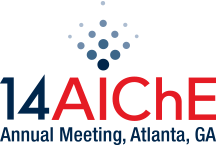

The levels of CO2 emitted by coal combustion raise enormous concerns about its utilization as energy source because of the copious effects on global climate. In this scenario, carbon capture technologies (CCT) emerge as the effectual remediation processes to curtail CO2 emissions from Coal power plants. An IGCC (integrated gasification combined cycle) is a widely used electrical power generation system that allows for a variety of feedstocks with high efficiencies. And the integration of CCT into IGCC requires a demonstration to commercial scale to minimize technological risks, capital and operational cost.
In this study, a 300 MW class IGCC plant without CCT was simulated using the PRO/II software package, and thermodynamic analysis was performed as a first step. The simulated results were compared to the basic design data for a 300 MW Class IGCC demonstration plant to evaluate the validity. And the effects of coal grade on the power generation and consumption in viewpoint of overall efficiencies through Sankey diagrams for the energy and exergy flow associated with the first and second laws of thermodynamics with major components of the IGCC.
As a second step, this paper evaluated from the technical to economic points of view via process modeling and simulation of five carbon capture technologies involving: (i) a-MDEA, (ii) Retisol, (iii) Selexol, (iv) Purisol and (v) Cryogenic process. Though the crucial choice of the technology to actualize favors an a-MDEA CCT when emphasis is on cost minimization, the technical evaluation favors a Selexol CCT.
